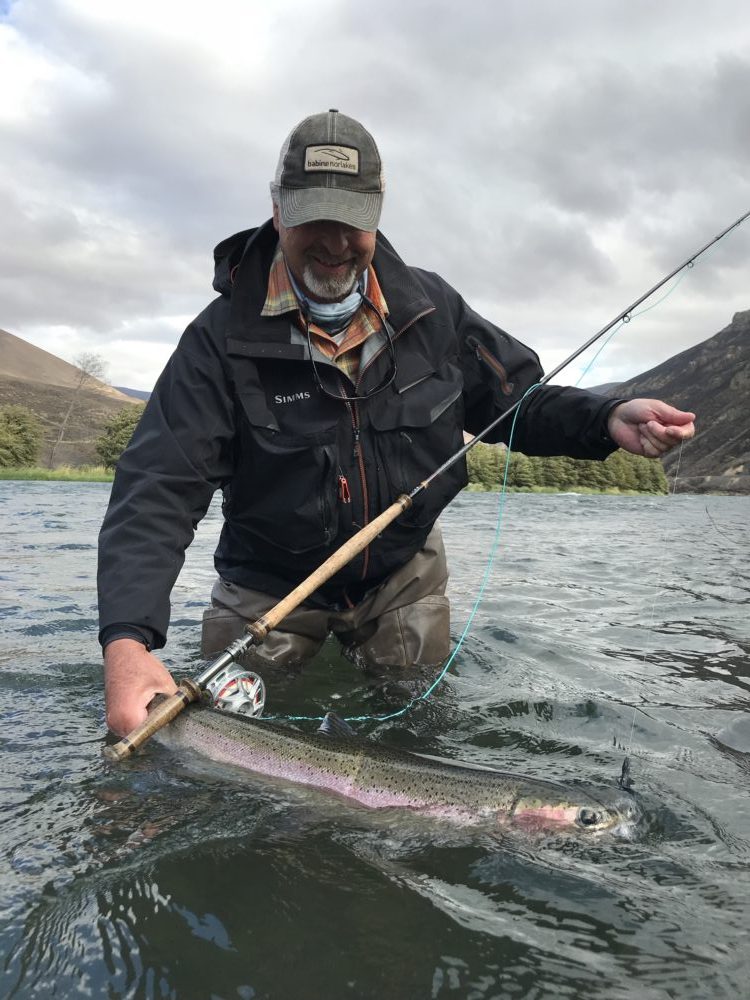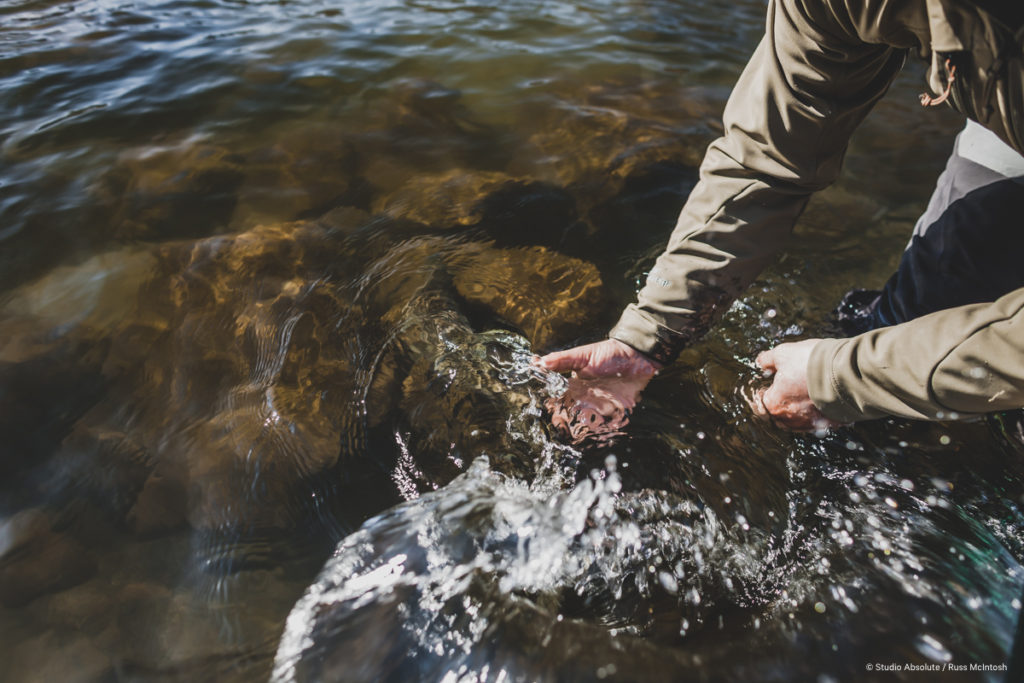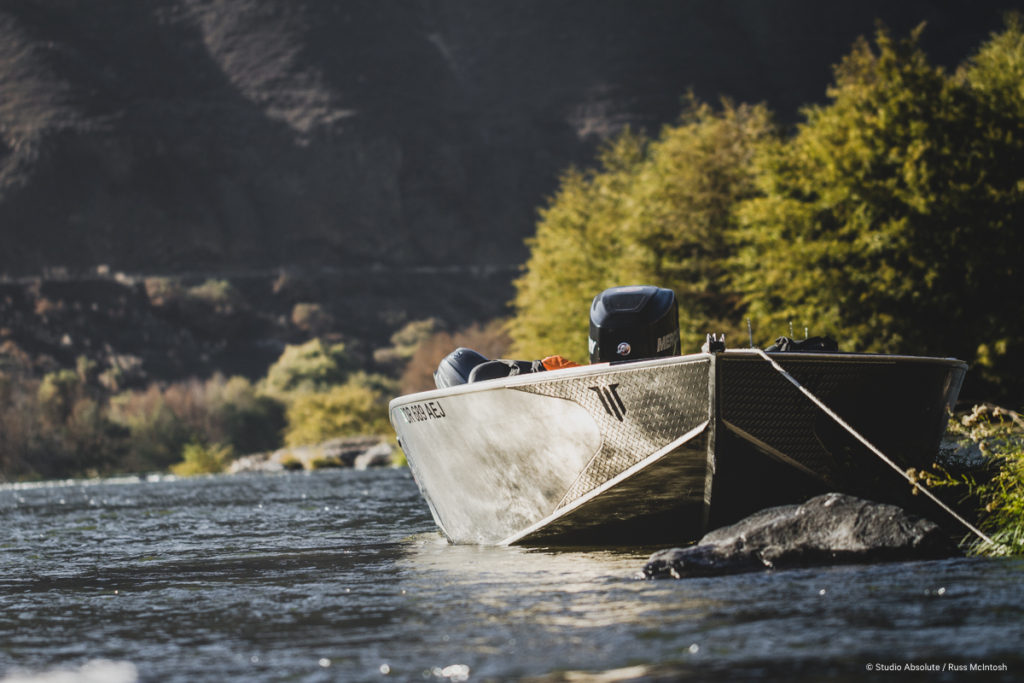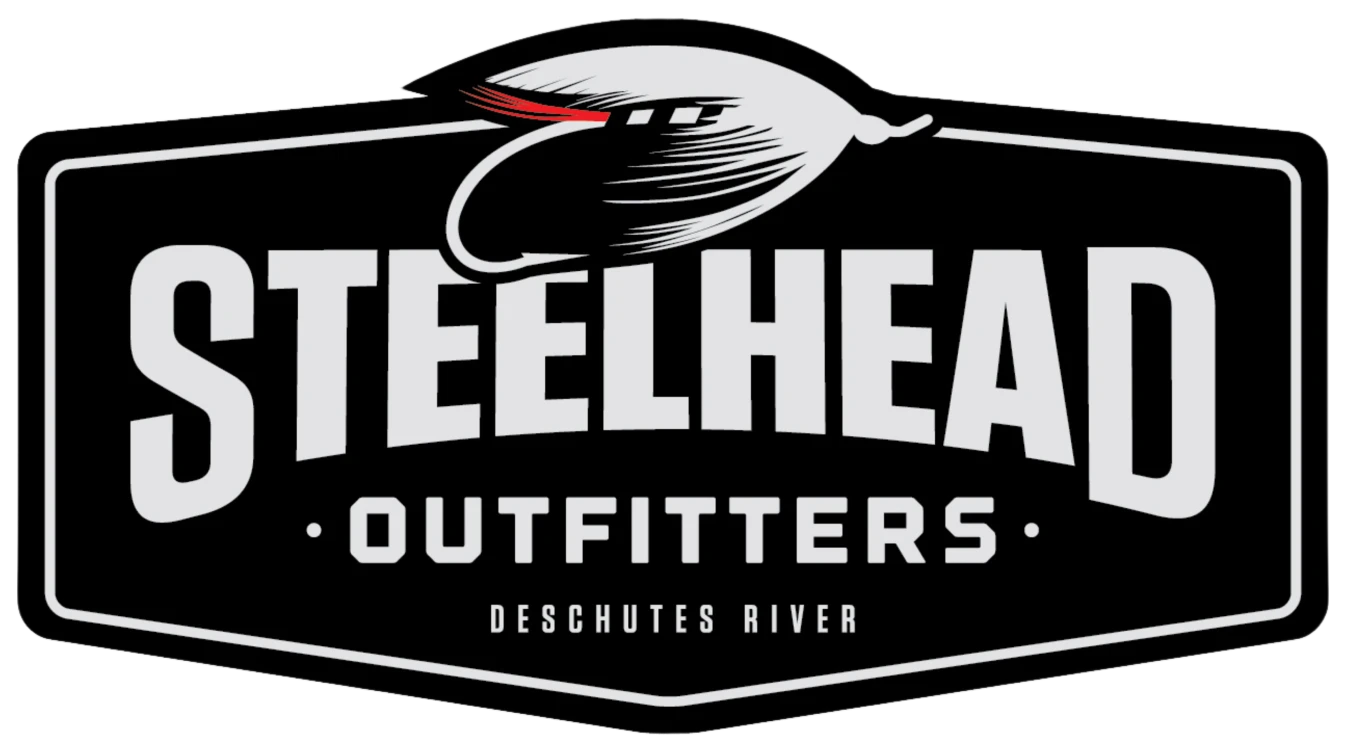
The Deschutes steelhead season started off with a bang. Early summer was as good as I have ever seen on the lower Deschutes. There were spots on the river where we found fish every day for a week straight. There was the fire, fishing was unchanged and fishing pressure was completely absent. As we moved into August the fish counts were looking strong and the “on the river” results backed that up. By the end of August we were starting to see some inconsistencies show up and by September it was obvious the fish passage over Bonneville was on a collision course with all time low returns. For a time it looked we would not reach 100k steelhead over Bonneville, but by the end of November the total number settled in at 102,800 steelhead over Bonneville Dam.
We fished 79 days during the 2018 Deschutes summer steelhead season and hooked 210 steelhead. Despite the worst return of Columbia River steelhead over Bonneville dam since 2015, we had our best season by a fairly wide margin. Sure we had a few slow days but they were offset by some really good days.

My takeaway is this, fishing on the Deschutes has got substantially better from 2016 to 2018 while actual fish passage over Bonneville trended the other way. Let’s keep in mind that most of the fish that move up the Columbia and over Bonneville and The Dalles dams are not Deschutes fish. A large unknown number of fish that move up the Columbia move into the Deschutes to cool off. We get a good opportunity to target these stray fish in the summer when the Columbia is warmer than the Deschutes. Another factor may be that the actual Deschutes fish may be doing better than the rest of the basin. Of course my observations are my own but in 2015 we returned 268,730 during one of the worst droughts in modern history. In 2016 we had a return of 188,146 which was an 80,000 fish reduction from the previous year — 2016 was the worst fishing season we’ve ever had. In 2017 the run plummeted even more to 117,878 (151k lower than 2015). The fishing was pretty good in 2017 despite the run over Bonneville being down over 50%. There doesn’t really seem to be a correlation between the results we are getting and the numbers over Bonneville.

It’s hard not to pause when faced with year over year declines in fish passage over Bonneville; it looks like the end of the world. If you look further into historical fish passage numbers it appears to be a cycle. The length of this down cycle is unknown and can’t really be predicted. The Deschutes has always been the crown jewel of summer steelhead fishing in this region and will continue to be.

